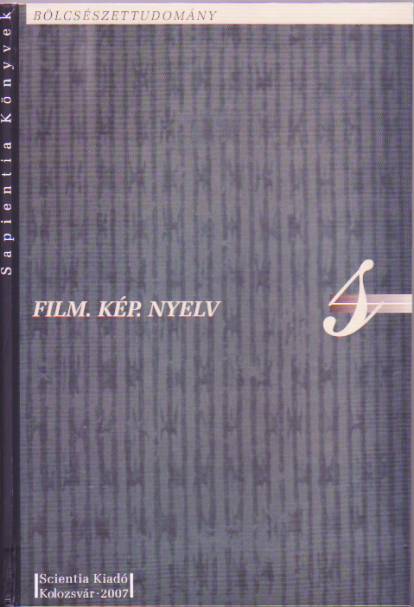A MÚLT EGY KÉPERNYŐ?
THE PAST IS A SCREEN?
The opening of the primary diegesis through intermediality in film
Author(s): Andrea Virginás
Subject(s): Fine Arts / Performing Arts, Film / Cinema / Cinematography
Published by: Scientia Kiadó
Keywords: intermediality; turn from modernism to postmodernism
Summary/Abstract: The paper is founded on the axiom that crime detection as an epistemological and cultural paradigm is prone to historical change; therefore the turn from modernism to postmodernism should be seized – thanks to different markers. One of these markers may be photography or rather the mode films of detection and crime deal with the medium and technology of still images. Analyzing examples like Blow Up (Michelangelo Antonioni, 1966), Blade Runner (Ridley Scott, 1982), A Pure Formality (Giuseppe Tornatore, 1994), Smoke (Wayne Wang, 1995), Fight Club (David Fincher, 1999), Memento (Christopher Nolan, 2000), and Mullholland Drive (David Lynch, 2001), I conclude that they can be considered as belonging to a trend in contemporary cinema. This trend visualizes memory, remembrance and identity as depending on images and pictures, on the one pole showing us the simple belief in the power of photography to depict/represent reality, while on the other extreme narrating "tales" where photos enter into the most intimate spheres of human subjectivity.
Book: Film. Kép. Nyelv
- Page Range: 259-275
- Page Count: 17
- Publication Year: 2007
- Language: Hungarian
- Content File-PDF

